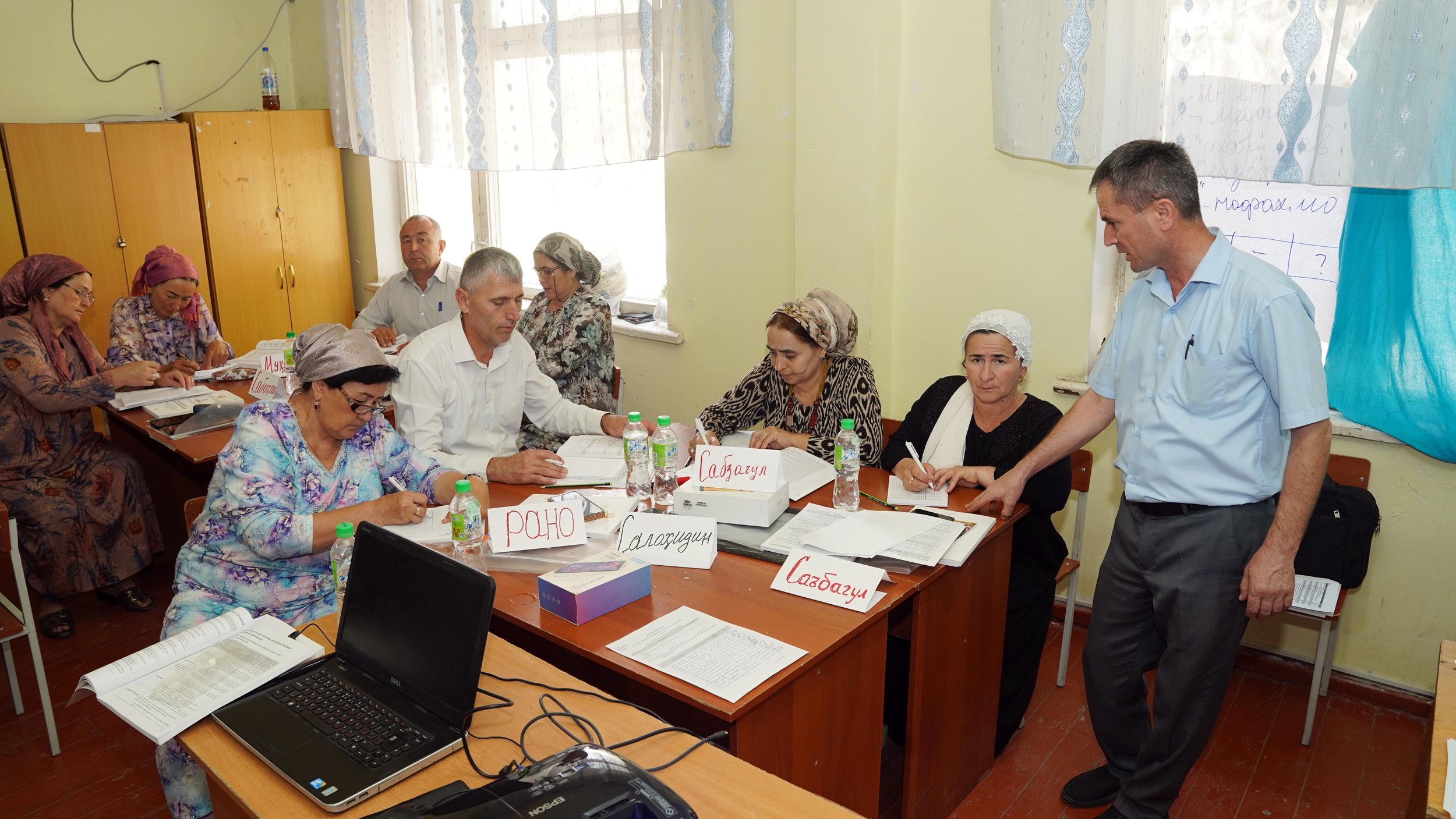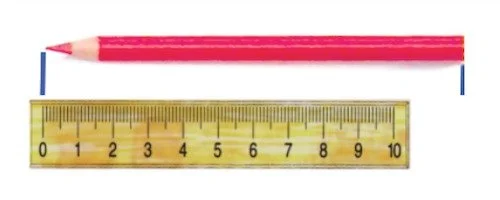Planning for Excellence in Tajikistan: Anticipating & Addressing Misconceptions
This blog is part of a series that highlights the education best practices that are the foundation of Chemonics and One World’s work together around the globe. Today’s example details the second step when planning for excellence and comes from a “Train the Trainer” workshop in support of the USAID Learning Together Activity (LTA) in Tajikistan, where instructional leaders from multiple regions gathered to study techniques for improving classroom culture. We recommend that you read Part 1: Planning for Excellence in Tajikistan: Knowledge & Skill Charts before diving into this blog.
One of the biggest challenges that teachers face today is the wide range of academic mastery in their classrooms. For a variety of reasons including learning loss and lack of access to education during the 2020 COVID-19 pandemic and other systemic challenges faced by underserved communities, more students than ever before are entering classrooms without having mastered the benchmark skills of the year before. Teachers find themselves simultaneously trying to figure out how to close foundational gaps and achieve mastery of the current year’s content. In our previous blog, Planning for Excellence in Tajikistan: Knowledge & Skill Charts, we discussed how instructional leaders in Tajikistan are learning to use tools like Knowledge and Skills Charts to develop teachers’ vision of academic excellence and its underlying components. In this blog, we share how this tool can also be used to support teachers in planning strategic interventions into their daily lessons that will ensure the success of all students.
The Problem
As mentioned in our previous blog, determining the Most Productive Struggle (plus the knowledge and skills associated with it) allows educators to set a high bar for students. Yet, this is still not quite enough because even though a plan might involve a thoughtfully-crafted rigorous question, the chances that every student will answer it accurately right away are pretty slim. This isn’t actually a bad thing because the questions worth asking are the ones that students have to wrestle with, not the ones they can correctly answer instantaneously. An additional level of planning needs to occur that takes into account potential misconceptions and how to address them in a way that pushes students towards mastery.
A Solution: Anticipating & Addressing Misconceptions
The best way to begin to anticipate student misconceptions is to start with a Knowledge & Skill Chart in order to write an exemplar answer for the Most Productive Struggle. Once an ideal answer has been established, the next step becomes thinking about where students might get confused, identifying potential incorrect answers that students may come up with, and determining which of the incorrect answers could fit into the following levels of mastery: Almost There, Partially There, and Further Off. For each of these categories, it’s then necessary to write guiding questions that will support students as they continue with their productive struggle towards mastery.
An Example from Tajikistan
In the example below you will see how instructional leaders in Tajikistan have honed into misconceptions that are directly linked to the core knowledge and skills they identified in the chart presented in our previous blog.
|
Anticipating & Addressing Misconceptions |
|
|
Learning Outcomes: Can use non-standard and standard units to measure, compare and organize. Lesson Objectives: Can measure items with a ruler. Write the length measurement centimeters(cm) and use it to describe the item. |
|
|
Most Productive Struggle: How many cm long is the pencil?
|
|
|
Exemplar Answer:
|
|
|
Almost There |
|
|
Required Knowledge & Skill for Mastery |
Knowledge: To measure the length of a piece or object, the ruler must be set from zero Skill: Starts measuring at the zero mark |
|
Possible Misconception(s) |
Answers 12 cm instead of 13 cm because they start measuring at 1cm instead of zero |
|
Guiding Questions |
Look at the ruler, what number is beneath the first mark on it? Should we start measuring at the zero mark or the 1 cm mark? Explain your thinking. |
|
Partially There |
|
|
Required Knowledge & Skill for Mastery |
Knowledge: From point 0 to 1 of the ruler is 1 cm Skill: Recognizes the length of 1 cm |
|
Misconception(s) |
Answers 14 instead of 13 because they count every cm mark including zero. |
|
Guiding Questions |
Where is the beginning of the ruler? What does the space between zero and 1 cm represent? What number mark do we start counting at and why? |
|
Further Off |
|
|
Required Knowledge & Skill for Mastery |
Knowledge: A multi-step process is necessary when measuring a piece or object that is longer than the ruler Skill:
|
|
Misconception(s) |
Answers 10 because it is the last unit on the ruler. |
|
Guiding Questions |
On a sheet of paper, place the pencil on top of the ruler at the zero mark. Why is this important? What number is beneath the end of the pencil? How do you know? How many units between zero and 10 are there? Write down the 10 cm somewhere on your paper. Put a dot on your paper at 10 cm. Now move the ruler so that its zero mark is beneath the dot you just drew. How many units are there between the zero mark and the end of your pencil? Write down 3 cm next to the 10 cm on your paper. What number do you get when you add them together? |
Through this process, leaders in Tajikistan stated that they were able to more accurately anticipate misconceptions that students may have because of the gaps in their knowledge and be prepared with both questions and other scaffolds that would help them gain access to the grade level material. Having done this thinking, teachers are ready to intervene in the moment leaving students feeling successful and supported as they tackle the most rigorous content.
Anticipating & Addressing Misconceptions Key Wins
The combination of rigor plus appropriate support accelerates learning for all students.
Giving students the correct answer after they’ve gotten something wrong ends their opportunity to engage in a productive struggle; whereas, asking them guiding questions lets them do the thinking that ultimately results in mastery.
Lessons continue to flow and every moment matters because teachers have internalized what questions to ask when students hit roadblocks.
Written by
Samira Shibli, One World Network of Schools
Zahina Nazarova, USAID Learn Together Activity


